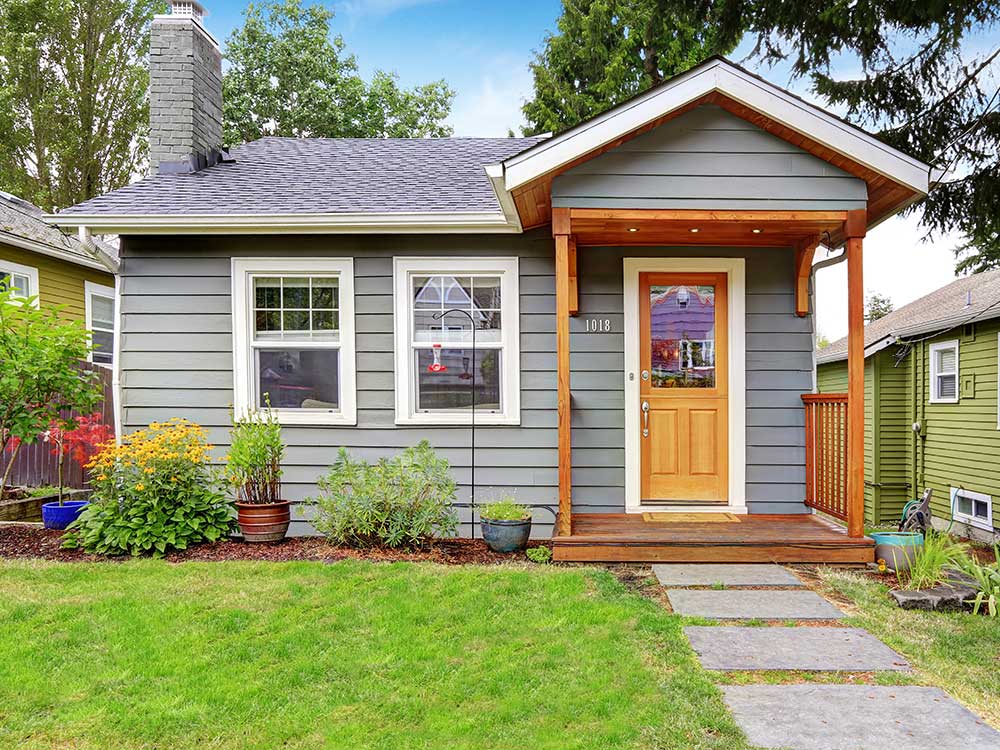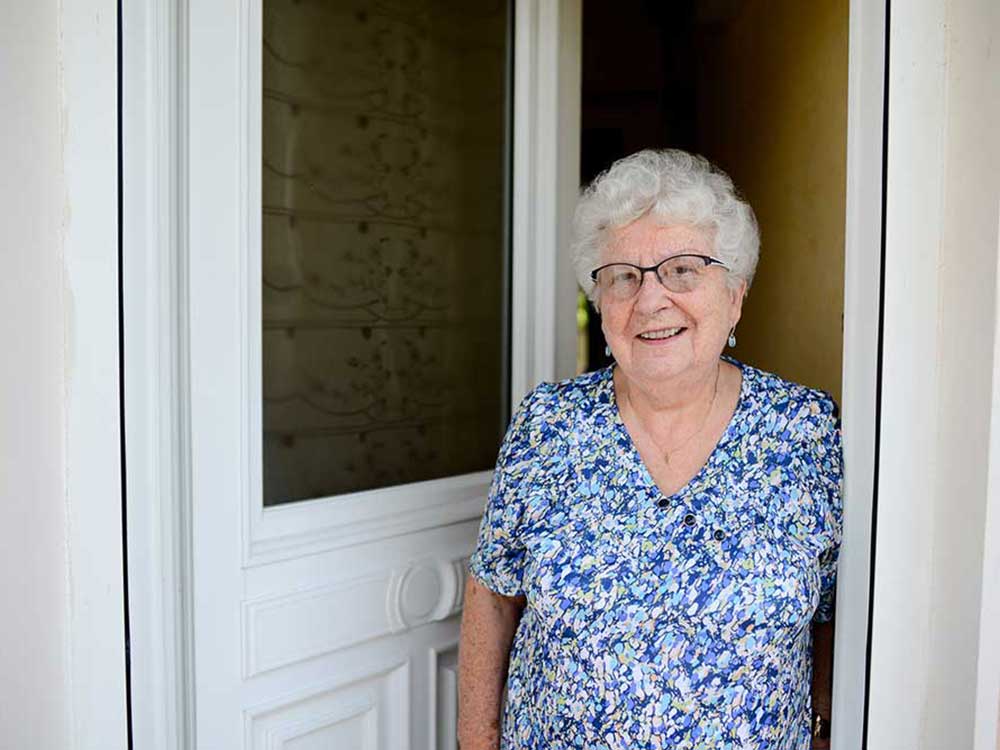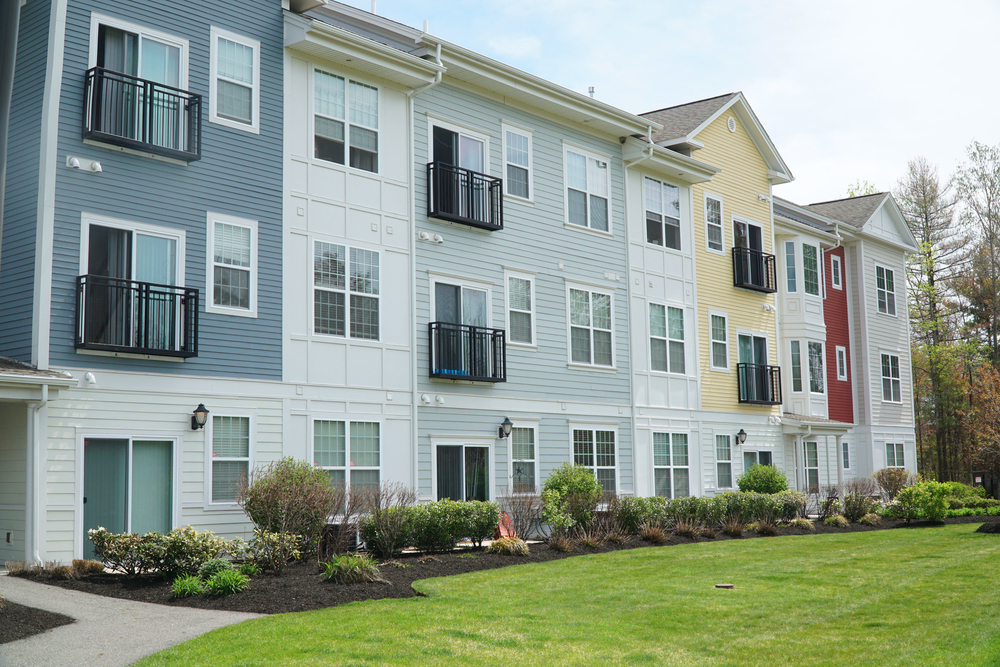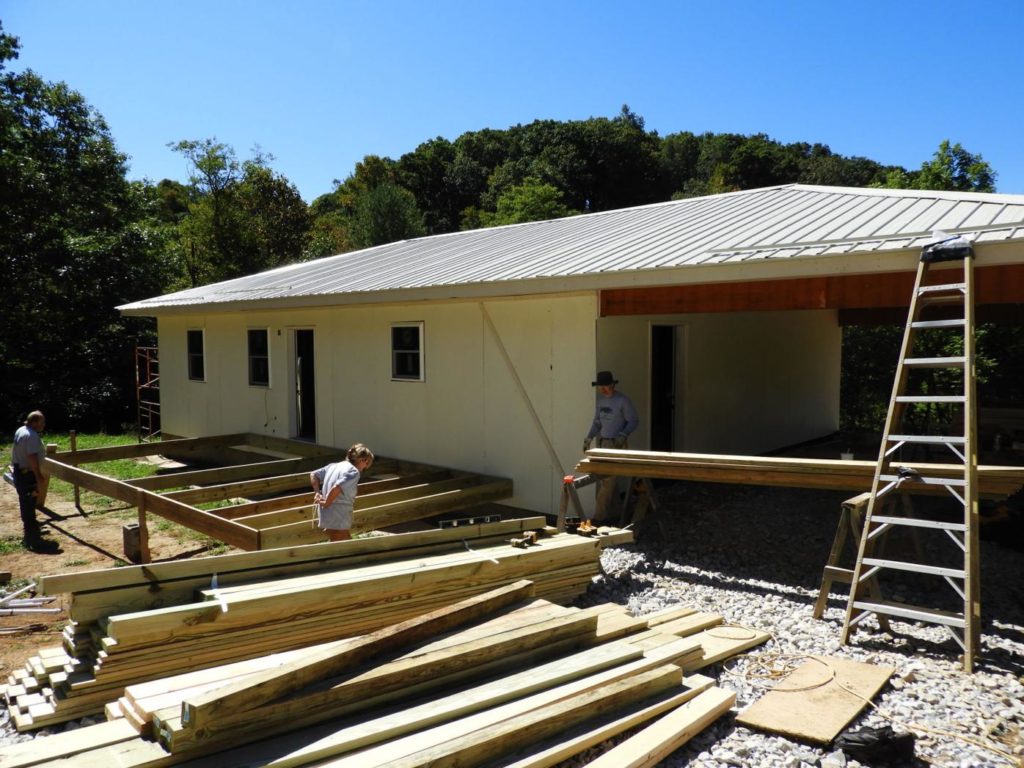Dogwood Webinar Series: Next-level funding
Date
Training Session
Topics Covered
Webinar Link
5/15/2024
Grant Development for Economic Opportunity: An Overview
6/12/2024
Aligning Methodology and Evaluation: An Advanced Look
7/17/2024
Grant Development for Housing
Date
Training Session
Topics Covered
Links
4/17/2024
Incorporating Innovation in a Government Grant Proposal
3/20/2024
Government Grant Development for Education: An Overview
4/17/2024
Incorporating Innovation in a Government Grant Proposal
2/21/2024
Do’s and Don’ts in Grant Development: Successful Proposal Case Studies
1/17/2024
Grant Development for Health and Wellness: An Overview
12/13/2023
Equity and Grant Development: When Real Understanding Produces Change
11/15/2023
Finding Your Narrative Arc: How to Sustain Reviewers’ Attention from Start to Finish
10/25/2023
The Similarities and Differences Between Foundation and Government Grant Proposals: A Deep Dive
9/20/2023
Fiscal Sponsorship: A Comprehensive Overview
8/16/2023
Creating a Solid Work Plan
7/19/2023
Engaging the Target Population: A Critical Aspect of Grant Development
6/21/2023
Utilizing Evidence-based Best Practices
5/17/2023
Enhancing Grants through a Force-Multiplier Perspective: Creating Meaningful Partnerships and Describing their Role in a Proposal
4/19/2023
Non-Narrative Requirements: A Complete Overview
3/15/2023
Best Practices for Post-Award Compliance
2/15/2023
Logic Model Basics
1/18/2023
Key Elements of a Successful Evaluation Plan
12/13/2022
Utilizing Data to Build a Strong Case
11/15/2022
Best Practices in Project Management: Building a Strong Grant Development and Project Team
Address:
890 Hendersonville Rd
Asheville, NC 28803
Mailing:
890 Hendersonville Rd
Asheville, NC 28803
Join our mailing list to receive updates on our latest news, funding opportunities, and more.
© 2024 Dogwood Health Trust. All rights reserved.

Support programs and networks that reduce deaths, treat addiction, and prevent first use

Help reduce disparities based on race, location, education and income factors

Invest in integrated heath care with seamless connections to supportive services

Support communities that promote healthy living and resiliency and help mitigate the impact of trauma, isolation and stress on individuals and families, especially those experiencing poverty

Support a well-funded, sustainable, competitive entrepreneur and small business ecosystem throughout the region

Help build a regional economic ecosystem that supports increased creation/retention of jobs and business ownership

Help build a skilled workforce with the knowledge and technical abilities to excel in a wide range of industry employment opportunities that provide a competitive, sustainable wage

Source, analyze and share a comprehensive, county-by-county data set that paints a full picture of work readiness, economic development and entrepreneurial needs and opportunities specific to Western North Carolina

Work in tandem with Economic Opportunity Strategic Priority to invest in career readiness at the community college and university levels

Support K-12 learning experiences with the resources and sustainability to provide an excellent academic and social-emotional education, so that all students graduate ready for college or career

Invest in an improved early childhood education ecosystem with the resources and sustainability to provide developmentally appropriate, affordable and accessible education and care to support ages birth to five, so that all children in WNC enter kindergarten ready to learn

Source, analyze and share a comprehensive set of publicly available data that provides a regularly updated, county-by-county picture of access, workforce and student outcomes in early childhood education and K-12 education specific to Western North Carolina

Loans, guarantees, and other financial tools to leverage funding opportunities

Increase affordable housing for lowest-income individuals and families

Support age-appropriate resources in affordable and workforce units, rental and owned

Invest in housing with sustainable supports for physical and mental health and wellbeing

Support healthy and safe revitalizations that work against displacement and gentrification, preserve home ownership and create generational wealth.